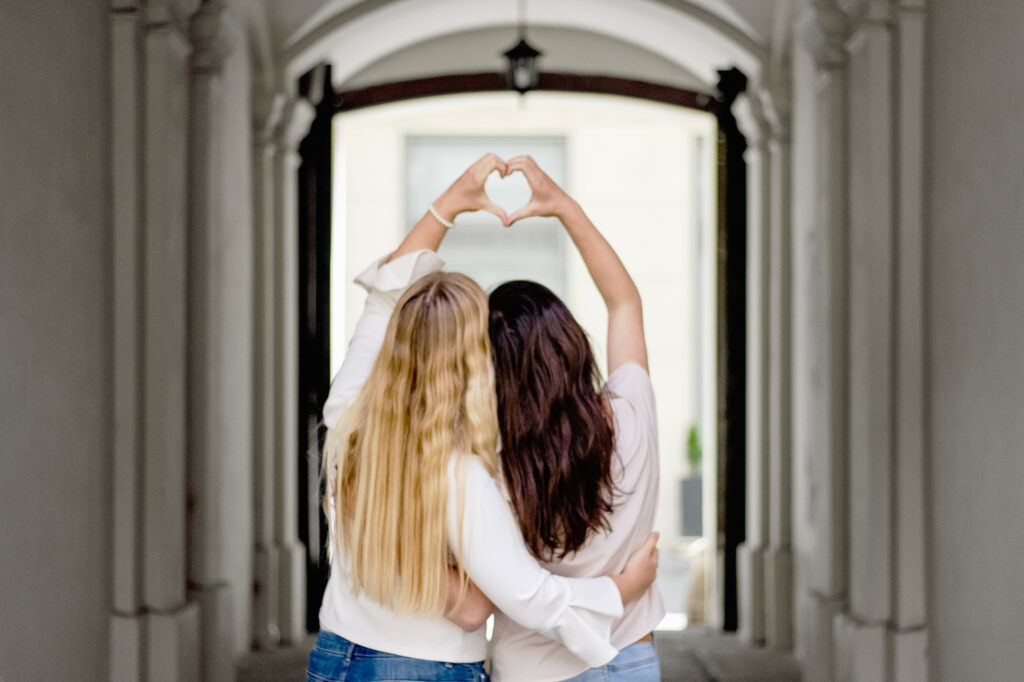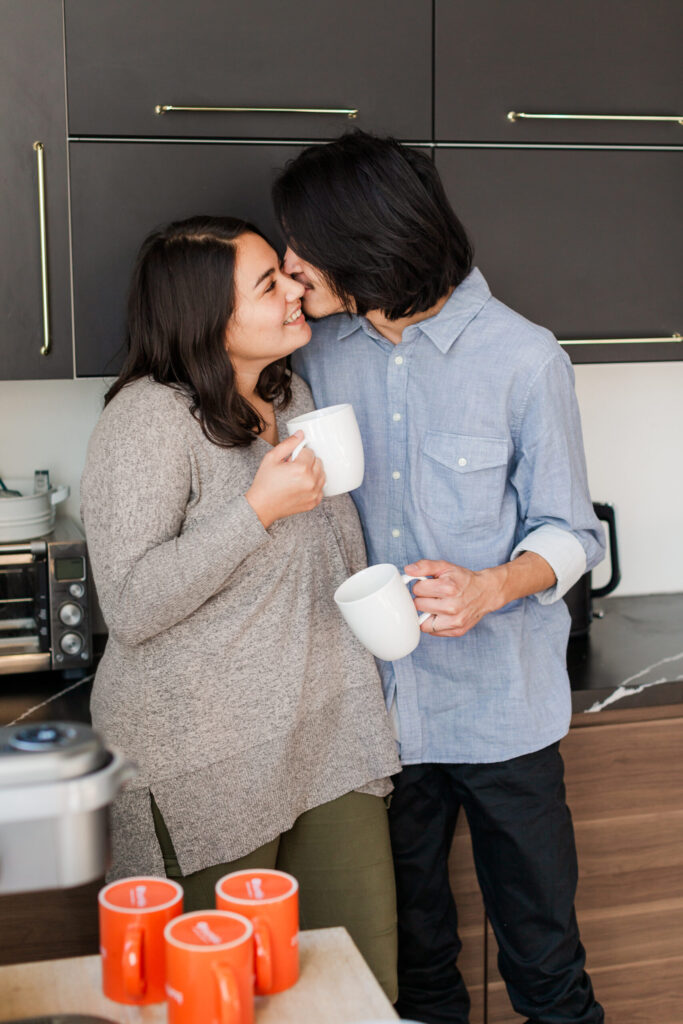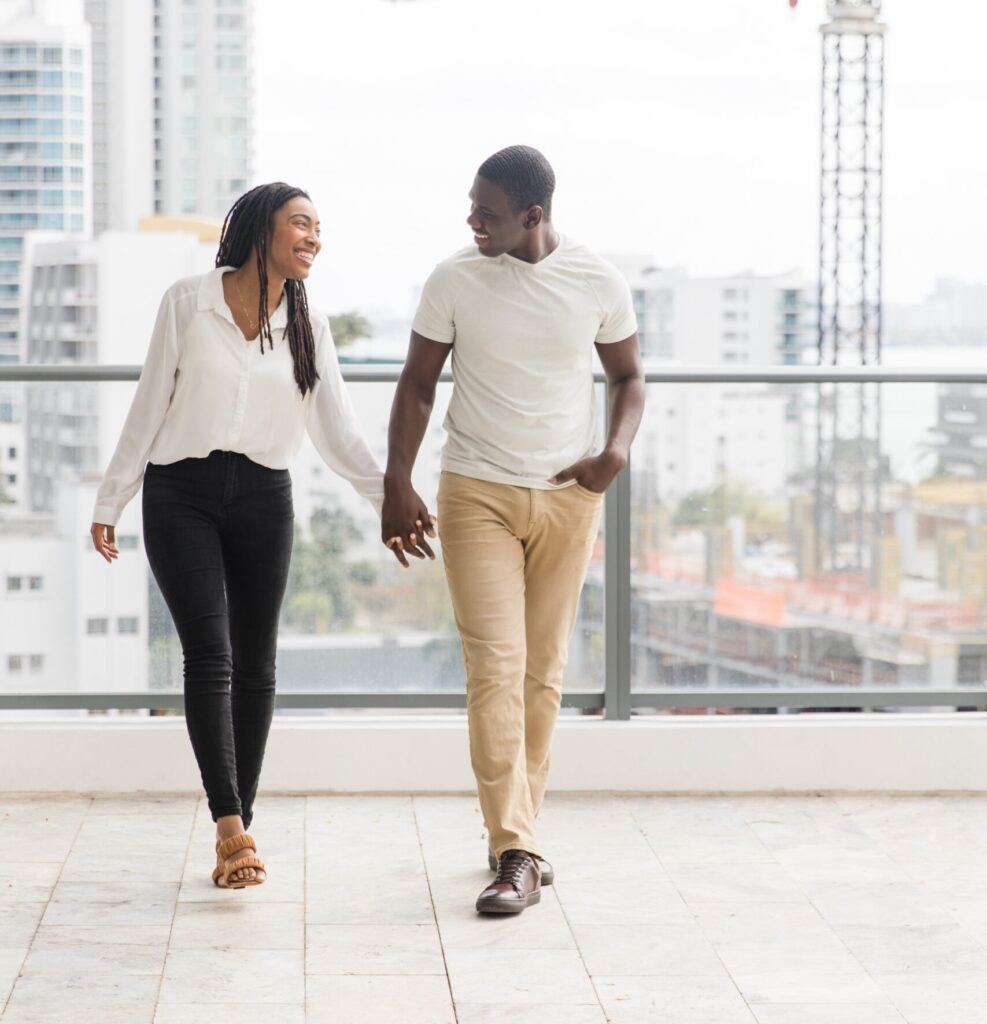This post may include affiliate links, which means we make a small commission on any sales. This commission helps Feminist Book Club pay our contributors, so thanks for supporting small, independent media!
Today, we are diving into a queer community that often gets overlooked – bisexuals. As someone who discovered their bisexuality in the last couple of years, I’ve been curious to learn more about this unique group of individuals and how they fit into the queer community.
What is bisexuality? At its core, bisexuality refers to the capacity to experience romantic or sexual attraction to more than one gender. According to the Human Rights Campaign, “A bisexual person is someone who can be attracted to more than one gender, and studies show that as much as half of the lesbian, gay and bisexual population identify as bisexual. In other words, bisexual — or bi — people comprise the largest single group in the LGBTQ+ community.” Bisexuality is a key, but regularly ostracized, part of the queer community with little representation.

What is the history of the bisexual community? The history of bisexuality is rich and diverse, but other LGBTQ+ narratives have often overshadowed it. Throughout history, there have been individuals and cultures that embraced bisexuality. However, many did not. According to Time, “Being bi could…get you kicked out of your local queer space. Bisexuality introduces nuance, which has always made it easier to discard than accommodate it.” The confusion between bisexuals and the rest of the LGBTQ+ community left the former in a vulnerable position where they are feening for acceptance while fighting off discrimination from both queer and straight folks. Times also shared that “in tough times, when queer people were fighting for their lives and for basic legal protections, some gay rights groups strategically rejected bisexual people.” In the 1970s, the Gay Liberation Front, a queer rights group, treated the bisexual community as “effectively straight and pushed them out of the organization.” However, societal norms and prejudices have contributed to the erasure of bisexual representation. Recently, efforts have been made to reclaim this essential identity.
How does it differ from pansexuality? Bisexuality and pansexuality share similarities, but they are distinct sexual orientations. While both sexualities encompass attraction to multiple genders, bisexuality tends to be defined as attraction towards two or more genders, often emphasizing the binary genders. Pansexuality, on the other hand, transcends gender binaries and is characterized by attraction to individuals regardless of gender identity. It should be noted that how an individual experiences bisexuality or pansexuality can be completely unique and their definition of their sexuality is specific to them.

What are modern stereotypes of bi people? Unfortunately, bisexual individuals still face various stereotypes in contemporary society. One common misconception is that bisexuals are promiscuous or unable to commit to a monogamous relationship. Another stereotype is that bisexuality is “just a phase” and you are either gay or straight. Many bi women are accused of being straight and want attention while they explore female relationships and many bi men are written off as entirely gay rather than bisexual. These stereotypes are harmful as they contribute to bi-erasure.
What is bi-erasure? Bi-erasure is the tendency to ignore, overlook, or invalidate bisexuality as a valid sexual orientation. This can happen both within the LGBTQ+ community and in wider society. Bi-erasure contributes to the invisibility of bisexual individuals, making it harder for them to find representation and support. Whether you don’t feel like there is enough bi representation in the media or someone comments on your sexuality, bi-erasure is rampant in our modern society.
What is bi-phobia? Bi-phobia is the prejudice, discrimination, or hostility directed towards bisexual individuals. It can manifest in various ways, such as dismissing their sexual orientation, perpetuating harmful stereotypes, or denying the existence of bisexuality. Bi-phobia is a significant barrier to creating an inclusive society and prevents many bisexual people from exploring their sexuality without judgment.
How can I uplift bisexual people? Being an ally to the bisexual community is vital in fostering an inclusive environment. Some practical ways to uplift bisexual individuals include:
- Educating yourself about bisexuality and being aware of the challenges they face.
- Acknowledging and validating their experiences and identities.
- Challenging bi-phobia and bi-erasure when you encounter them.
- Amplifying bisexual voices and stories by sharing their work and experiences.
- Being respectful and considerate of their unique journeys within the LGBTQ+ community.
Bisexuals are an integral part of the queer community, and it’s essential to celebrate their diverse experiences and identities. Understanding their history, challenges, and misconceptions can contribute to a more inclusive and compassionate world for all.
Further Reading:
Greedy by Jen Winston – read the book review here!
Bi: The Hidden Culture, History and Science of Bisexuality by Julia Shaw
Bi the Way: The Bisexual Guide to Life by Lois Shearing
Bisexual Men Exist by Vaneet Mehta
https://www.thetrevorproject.org/resources/article/understanding-bisexuality/


